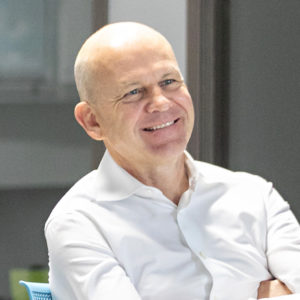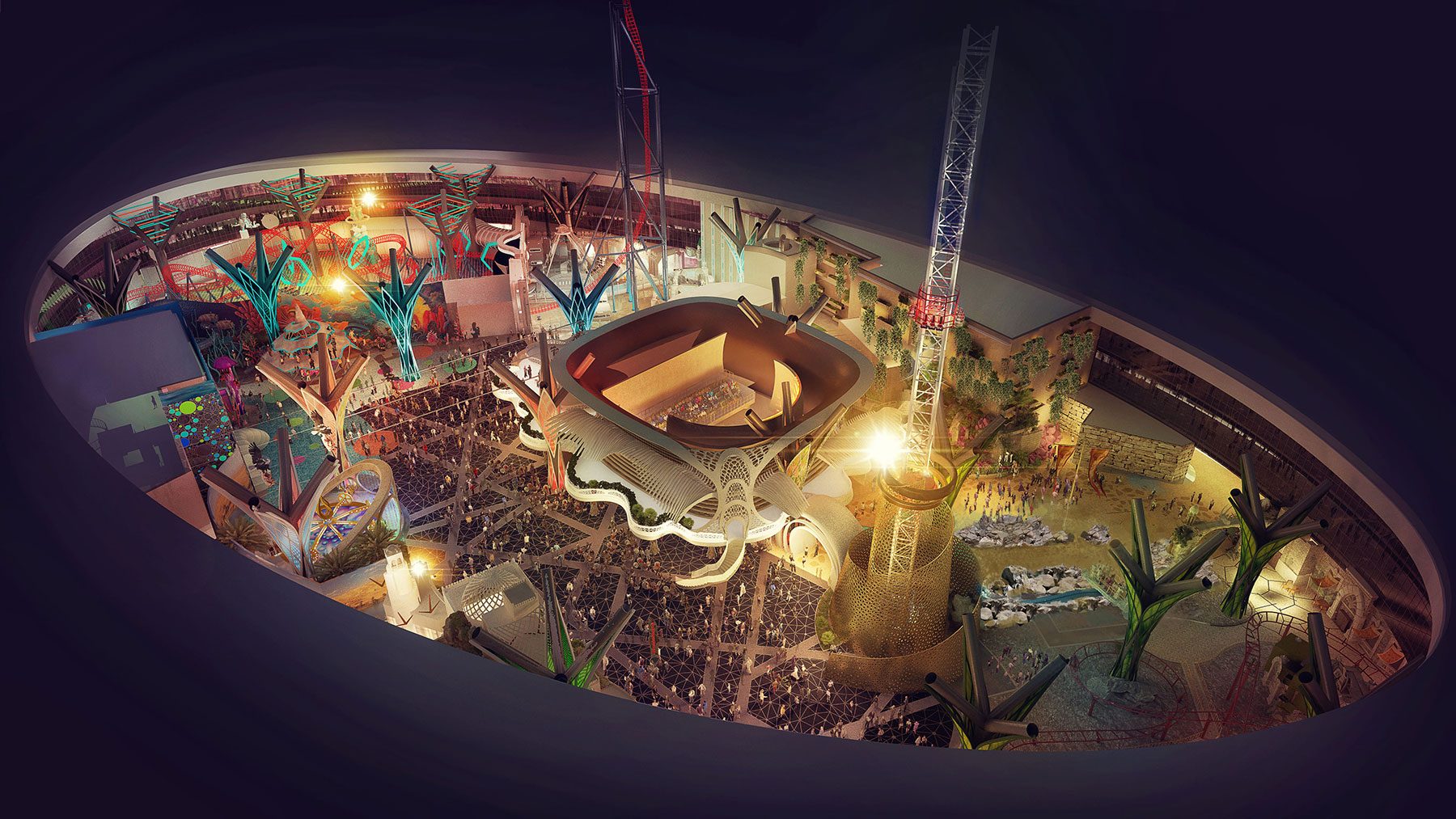The Role of the IP Holder in the Themed Development Process: Keys to a Successful Partnership From Planning Through Operations
As a baseline, it is important that stakeholders understand how to approach the critical areas that the development team and IP holder should collaborate on to ensure proper execution, drive long-term results, and avoid potential disputes.
One of the most important relationships that shapes a themed destination project is the one between the development team and intellectual property, or IP, holder.
If these parties are not aligned and working closely together on a common vision, from negotiations through operations, the project could miss out on lucrative opportunities – and at worse, risk complete failure.
In a recent article, we discussed our proven framework for structuring negotiations, explaining where IP contract discussions and signings should fit in with other project milestones within the early phases of project development, in order to keep the project on-schedule and within budget.

While this is a great starting point for the process, through these early stages and beyond, there should also be a focus on how to best utilize the IP, which is dependent on the IP holder’s close and mutually beneficial relationship with the development team and active role throughout the project.
The Five Keys to Success
As a baseline, it is important that stakeholders understand how to approach the critical areas that the development team and IP holder should collaborate on to ensure proper execution, drive long-term results, and avoid potential disputes. We recommend this is achieved through applying the Five Keys to Success:
1. Vision and Program: The why and the what of a project and IP branding must be well-conceived and leverage synergy to deliver significant cashflow for both parties.
The proposed vision must be a unique offering for the right market, and both parties should be on the same page about the project’s scope, scale, and quality, and agree it is commensurate with the brand. Documenting these with benchmarks is critical where prior-built versions of the attraction do not exist.

2. Business Plan: The scope and scale of a proposed project must also completely align with both the brand and developer business plans and financials, with any potential issues addressed early on.

3. Location: The IP and concept must also work for specific location within the market. For example, there must be adequate land that is easily accessible, substantial infrastructure, and support of government with regard land entitlements, etc.

4. Roles and Responsibilities: A first-class team with deep expertise, well-defined roles, and strategic process to navigate the risk stages and deliver the project throughout development and into operations, is critical for successful themed destinations in today’s fast-paced and competitive climate.

5. Aligned Business Partners and Stakeholders: True alignment is achieved when all development delivery stakeholders, including the IP license holder(s), public entities, and local governments, are committed to and rewarded by an enterprise’s success through equity participation, upside rewards, and/or indirect benefits.
While the first three keys to success outlined above are practiced to some degree for most projects, they often lack a deliberate process. Certain steps, especially those within the last two areas – defining roles and responsibilities and alignment – can sometimes fall by the wayside and not be completely clarified.

Additional Success Factors for IP Implementation
With the boom in international theme park development over the past 30 years or so, and pressure to build the best and biggest – the quickest – higher than ever in many parts of the world, a much larger percentage of projects ‘strike out.’
To combat this, we’ve devised our recommended approaches and discussions that stakeholders should have to strategically structure relationships and processes. Below are the additional critical Success Factors that we’ve identified, which often get overlooked:
• Synergy: Stakeholders should be able to give a distinct answer to the question: Why is the park branded with this particular IP?

Simply building a generic attraction and then ‘slapping on’ a brand is not enough. The IP should be leveraged in a way that is supportive of project and the project must be supportive of the IP.
Additionally, there could be opportunities for movies, toys, etc. that both directly and indirectly support the park, or, conversely, events within the park to publicize movies or toys, which can maximize the investment for both parties.
• IP Strategy: Stakeholders are ultimately investing in real estate — a fixed asset — that they are branding with IP(s), and IP agreements for large projects are typically 25 to 50 years, with option for renewal.
Thus, IPs should ideally be evergreen and positioned to serve the market well for years to come in order to be a success. Further, for multi-IP-branded attractions, there needs to be a unified vision that can stand the test of time and resonate with the consumer.

• Capital Investment: From the real estate development and investment perspective, everyone must understand their short- and long-term roles from the early stages.
The IP holder should be fully invested in navigating the high-risk phase with the developer and other local partners.
To ensure this, based on our decades of experience, we believe that all stakeholders of larger projects, including the IP license holder, must participate in the capital structure to some degree. This could be through direct equity, deferred fees converted to equity, uplift fees – it depends on the project scale and capital structure. The important thing is all stakeholders are incentivized to make the project a success.
• Creative Development: Often, a third-party expert will work with the developer to interpret and apply the IP. While this can be beneficial, the IP holders themselves should also bring to the table some ideas on how their brands can be creatively utilized. They know their own brand best and can advise on right (and wrong) deployment.
• Project Delivery: On the same token as the above, creatives from the IP holder team should be utilized throughout project delivery to implement the sound, look, and feel of their brand.
While a consumer product group can be sufficient for branding a box, bringing an IP to life through an interactive experience requires direct, active participation of the IP holder. The extra attention to detail that can be brought to how a character is carved will be noticed by the guests.

• Operations: Developers are ultimately responsible for overall operations, growth, and success of a theme park. That said, IP holders should remain actively involved in the day-to-day items, such as show quality standards and, when applicable, film and park event synergy, to ensure a strong continued application, leverage, and support of the brand.
Some IP holders have little input in a project’s pre-development and no understanding of the total capital investment, opting to simply have the right to ‘review and veto’ throughout a project’s delivery and take a completely hands-off approach to operations.
For most projects rising today, this process is simply not going to cut it when the goal is driving long-term success.
Looking at some of the biggest and most successful IP holders in the themed destinations and attractions space, we consistently see that they are the ones who are the most involved in the development process from the risk navigation phases and beyond, and in many cases have an equity stake in the project.
While having many parties involved in the details of creative and operations may sound intimidating and ripe for conflict, in actuality, ensuring everyone is on the same page and has a voice at every step of the way can avoid disaster down the line. Through applying the strategies and addressing all factors discussed above, developers and IP holders can devise a pathway to success.
- Roles and Responsibilities Team Photo by Nik MacMillan on Unsplash


